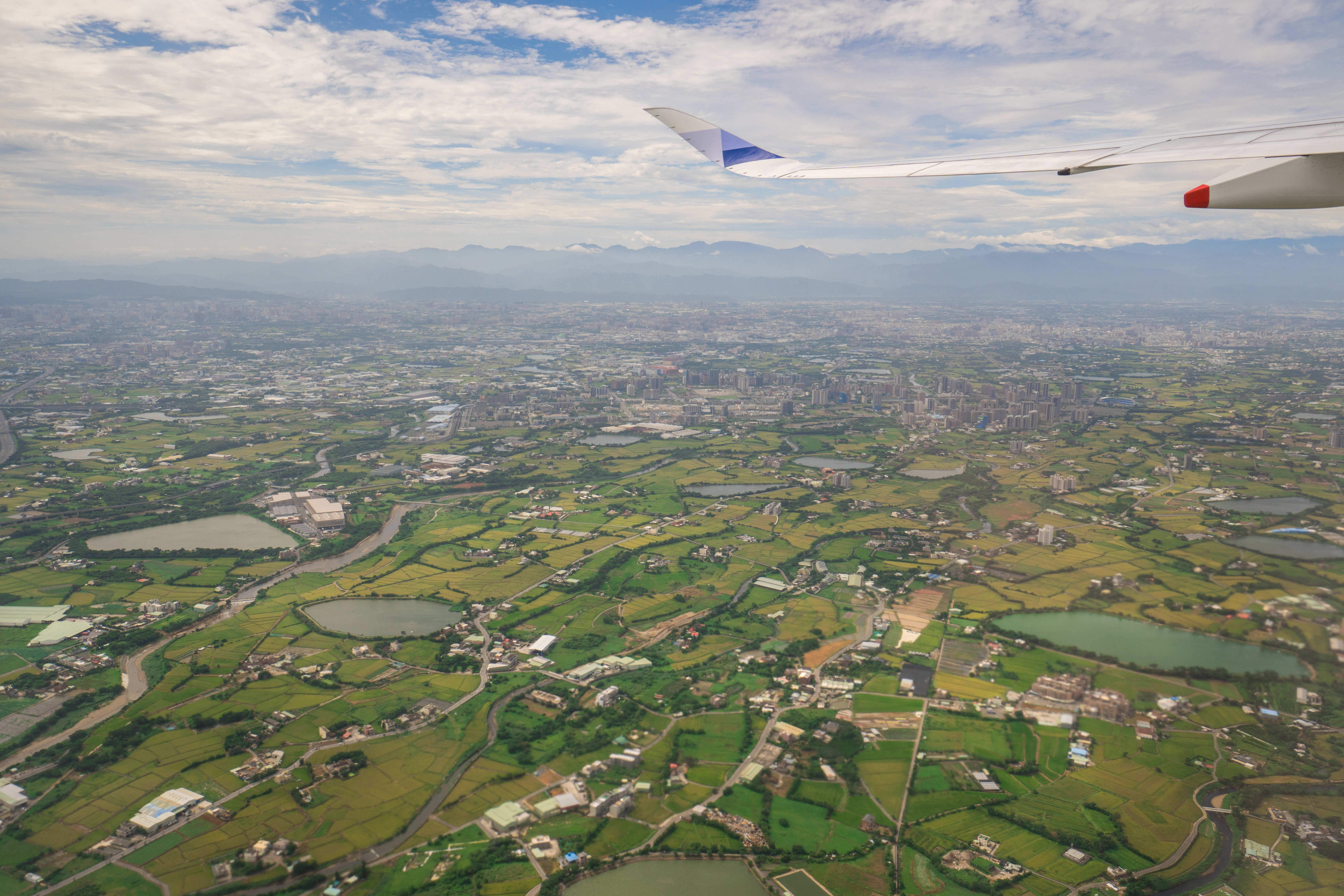A round trip ticket from Seattle to Seoul creates over three tonnes of CO2 per person — that’s over 15% of how much carbon dioxide the average American creates in a full year!
With an impact like that, a lot of people have begun speaking out against flying and you wouldn’t be alone if you felt a bit guilty when you clicked “purchase” on your last flight.
I know the feeling! And as a full-time digital nomad, I’ve struggled with my fair share of travel guilt.
“But isn’t travel a good thing?”
Yes! A thousand times yes.
As demonstrated by the thousands of lives that have been altered by Greenheart Travel’s programs, travel is a catalyst for positive growth in people. And frequently, it is travel that opens a person’s eyes to the importance of conservation and environmentalism.
It’s not travel that’s the problem. It’s flying.
So if you’re someone who wants to decrease the carbon pollution caused by your travels, this blog post is for you!
Here are 4 powerful ways that you can keep traveling, while also mitigating the CO2 caused by your flights.
As Much As You Can, Don’t Fly
Of course, the best way to reduce your carbon emissions is by not flying.
So as much as you can, avoid the airport and opt for more energy-efficient modes of transportation. Trains, boats, and long-haul busses generate far less CO2 than planes and have the added bonus of being much more memorable forms of travel!
When it comes to flights, short-haul flights (1-4 hours) are significantly worse for the environment than long-haul flights (4+ hours). This is because planes are required to reach a minimum level altitude, and it’s during the ascent to this height that the most fuel is consumed.
With this in mind, a great way to reduce your carbon footprint is by replacing the shorter flights in your trip’s itinerary with trains and saving plane travel for the longer hops.

When You Do Fly, Choose Climate-Friendly Airlines
So you’ve converted your short-hauls to train rides, but you still have to book that 11-hour flight across the Pacific — is it possible to reduce your carbon emissions even further?
Thankfully, yes!
Not all airlines make the same level of impact on the environment. By maximizing passenger occupancy and maintaining a fleet of energy-efficient aircraft, some airlines create significantly less CO2 pollution than others.
According to an evaluation (released by Atmosfair) of the world’s largest airlines, TUI Airways, Air Canada, and KLM are the three most carbon-efficient airlines for long-haul travel.
That said, if you do have a commitment to another airline (for example, through a points program), the best way to reduce your CO2 contribution is by flying in economy class. This is because economy splits carbon emissions among a greater number of people.
On the other hand, business and first-class seats generally use 3-5 times more space than economy seats. So by flying in business or first-class, you increase your carbon emissions at the same rate.
Donate To A Carbon Offset Program
Okay, deep breath — big sentence coming up!
Carbon offsetting is the practice of donating to environmental efforts around the world in an effort to mitigate the effects of carbon produced by your flight.
Phew! Did you catch that?
Cool.
Here’s how you do it:
First; enter your flight itinerary into a carbon calculator, like this one. This will tell you how much carbon your flight will generate and how much it will cost to eliminate an equal amount of carbon from the atmosphere.
In the case of my roundtrip flight from Seattle to Seoul, it would cost me $90 to offset the 3 tonnes of CO2 generated by my economy seat.
Second; choose a carbon offsetting organization to donate to. Some of the most reputable ones are The Gold Standard, Atmosfair, and MyClimate.
Easy, right?
Now before you move on, remember this: carbon offsetting only helps mitigate the effects of your CO2 emissions. It doesn’t actually improve the environment.
If you want to actually leave the planet better than you found it, it’s important to cultivate a planet-oriented mindset when you travel. Which brings us to my last travel tip…

Develop A Planet-Oriented Mindset
If you plan on making jet-setting a regular part of your life, do your best to reduce your environmental impact in whatever location you happen to be.
Make it a game and look for creative ways to travel in an environment-positive way. After all, just because you’re on vacation doesn’t mean you get to stop recycling.
To give you a personal example, my wife (Grace) and I are just wrapping up a 6 week trip to Tokyo, Japan — a city that is legendary for its heavy use of single-use plastic.
During our time here, Grace has made it a goal to not contribute to the local plastic problem. A few of the ways she’s done this is by not buying prepackaged groceries, refusing to use plastic bags (our backpacks double as grocery bags), and even going so far as to collect plastic litter when we’re out exploring the city!
By cultivating habits like these, you as a traveler have the ability to make a positive impact on the world you wander.
Okay, let’s finish this blog post with a quick recap:
Choose trains over planes.
Be picky about airlines.
Don’t upgrade to business class.
Donate to a worthy carbon offset program.
And treat the world with the same care as you would your home.
Eric Coleman is a digital nomad and travel copywriter from Seattle, USA. His passions include frugal travel, minimalism, and understanding cultural differences. You can follow his travels at WanderingRavens.org, work with him at TheTravelCopywriters.com, or contact him at eric@thetravelcopywriters.com.

Good job Eric. This is incredibly insightful..